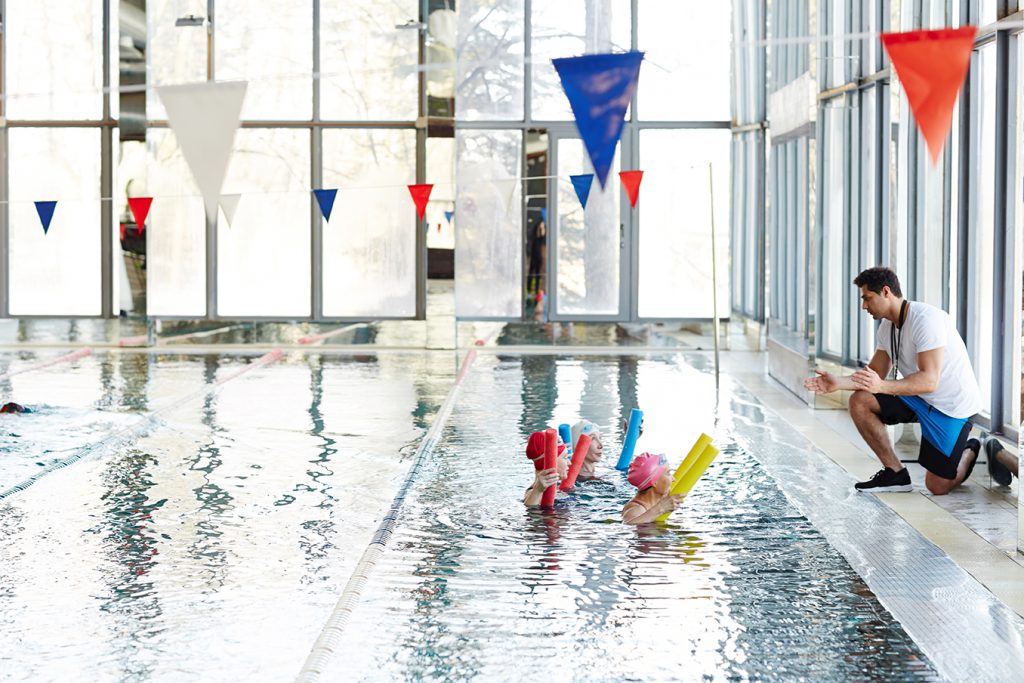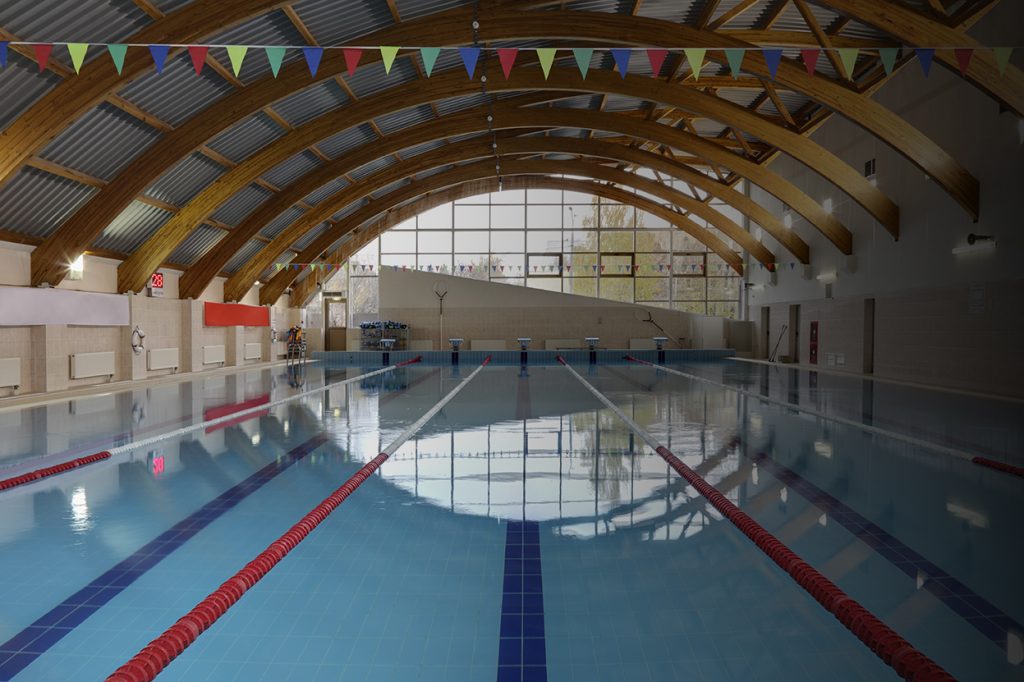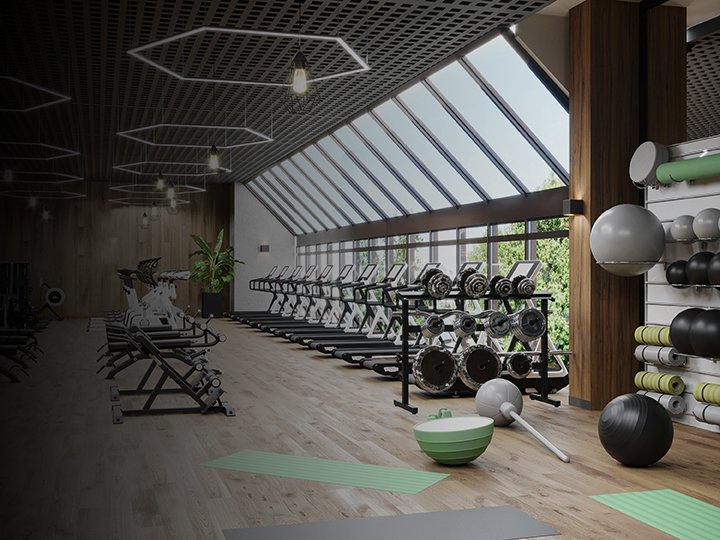Sustainable, Cost Effective Glazing Solution
By installing vacuum glazing, these facilities, who need to manage temperatures during warmer months and maintain heat loss during colder periods, can reduce reliance on temperature control systems, thus focussing on promoting their energy efficiency.
Vacuum insulated glasses from 6.15 to 12.15 mm, are much thinner when compared with a conventional double glazing (typically 28 mm) and triple glazing (typically 44 mm). This sleek design, combined with a light transmittance rate of up to 80%, allows guests to benefit from as much natural light as possible.

Sleek Aesthetic Design Solution
PassivGlas™ being a third generation vacuum insulated glazing unit benefits from their being no extraction port, offers a modern sleek aesthetic finish. The thin profile of PassivGlas™, which has a triple glazed performance in a monolithic thickness, lends architects the ability to keep frames slimmer for the purposes of both aesthetic design form and sustainability whilst maintaining the buildings functionality.
Frequently Asked Questions
What are vacuum units?
Vacuum Insulated Glazing or VIG is an advanced fenestration type of insulating unit. It consists of two glass panes, like a standard Insulating unit, but rather than the spacer bar and an air gap, VIG’s are separated by a micro vacuum gap, with a glass solder edge seal.
Are they fully tested?
Yes, they are tested to recognised industry standards:
Impact resistance: EN 12150-2 & ANSI Z97.1-37 & EN 12600 & BS356 (recently completed)
Weathering: EN1279-5 & ASTM E546/E2188/E2189
U-Value: ISO8301/EN12667 (Recently UKAS tested) & ASTM C518
Soundproof: ISO 10140-2 (Recently UKAS tested)
Do the standard units use coated glass?
Yes, all PassivGlas™ Linear units incorporate a Low-e single silver toughenable coating.
In order to meet the current Part O regulations, a Low-e double silver coating would be needed to meet the 70/40 requirements. Please check with VGN as to availability and MOQ for this product range.
What is the expected life?
Expected life on the unit is 25+ years due to there being no spacer bar to fail.
Will there be any condensation
Condensation is formed when the air temperature surrounding an object falls below the dew point and changes into a liquid
Internal:
Although condensation will not form on the internal surface of a VIG unit, Vacuum Glazing does not eradicate condensation from the room.
The warmer inner glass will potentially change the rooms cold point.
It is advisable to ensure all rooms have effective ventilation/circulation.
External:
Condensation may form on the external glass surface under certain conditions.
Generally, forms a grid around the micro-pillars.
Will disappear when the outside temperature warms with the morning sun.
It is an indication of how efficiently your windows are at reducing thermal loss.
Condensation between glasses:
An indication that the Vacuum has been lost.
Consult your supplier to confirm course of action.


